The Bacterial Conjunctivitis Drug Market is characterized by a competitive landscape that is increasingly shaped by innovation, strategic partnerships, and regional expansions. Key players such as Allergan (US), Novartis (CH), and Bausch Health (CA) are actively pursuing strategies that enhance their market positioning. Allergan (US) focuses on developing advanced formulations that improve patient compliance, while Novartis (CH) emphasizes its commitment to research and development, aiming to introduce novel therapies. Bausch Health (CA) is leveraging its extensive distribution network to penetrate emerging markets, thereby broadening its reach. Collectively, these strategies contribute to a dynamic competitive environment, where companies are not only vying for market share but also striving to meet evolving patient needs.
In terms of business tactics, companies are increasingly localizing manufacturing and optimizing supply chains to enhance efficiency and reduce costs. The market structure appears moderately fragmented, with several players competing for dominance. However, the influence of major companies is significant, as they set trends in product development and marketing strategies. This competitive structure allows for a diverse range of products, catering to various segments of the market, while also fostering innovation through competition.
In August 2025, Novartis (CH) announced a strategic partnership with a leading biotechnology firm to co-develop a new antibiotic eye drop specifically targeting bacterial conjunctivitis. This collaboration is expected to expedite the development process and enhance the therapeutic options available to patients. The strategic importance of this partnership lies in Novartis's ability to leverage the biotechnology firm's expertise in drug formulation, potentially leading to a breakthrough product that could capture significant market share.
In September 2025, Bausch Health (CA) launched a new digital marketing campaign aimed at increasing awareness of its latest conjunctivitis treatment. This initiative not only highlights the product's efficacy but also positions Bausch Health as a thought leader in the ocular health space. The campaign's strategic importance is underscored by the growing trend of digital engagement in healthcare, which allows for more direct communication with patients and healthcare providers, ultimately driving sales and brand loyalty.
In October 2025, Allergan (US) expanded its product line by introducing a preservative-free formulation of its popular eye drops for bacterial conjunctivitis. This move is particularly significant as it addresses the growing demand for preservative-free options among patients who experience sensitivity to traditional formulations. By diversifying its product offerings, Allergan (US) not only enhances its competitive edge but also aligns with the increasing consumer preference for safer, more effective treatments.
As of October 2025, the competitive trends in the Bacterial Conjunctivitis Drug Market are increasingly defined by digitalization, sustainability, and the integration of artificial intelligence in drug development. Strategic alliances are becoming more prevalent, as companies recognize the value of collaboration in fostering innovation and enhancing product offerings. Looking ahead, it is likely that competitive differentiation will evolve, shifting from price-based competition to a focus on innovation, technological advancements, and supply chain reliability. This transition may ultimately lead to a more sustainable and patient-centric market.


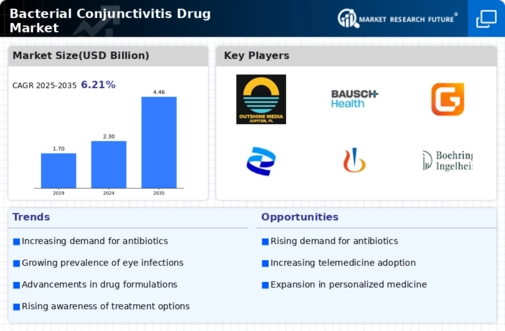
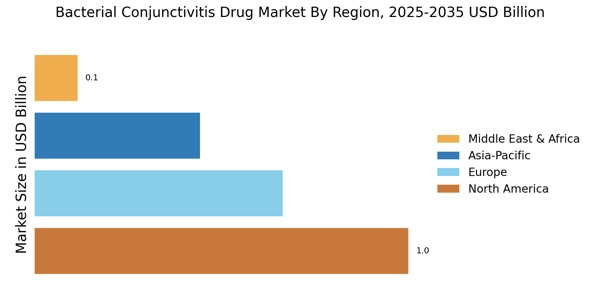
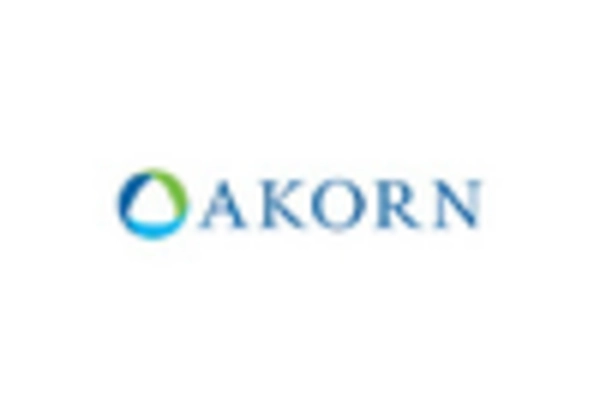
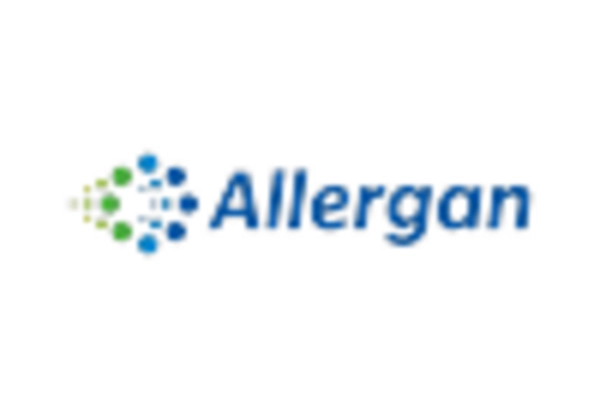
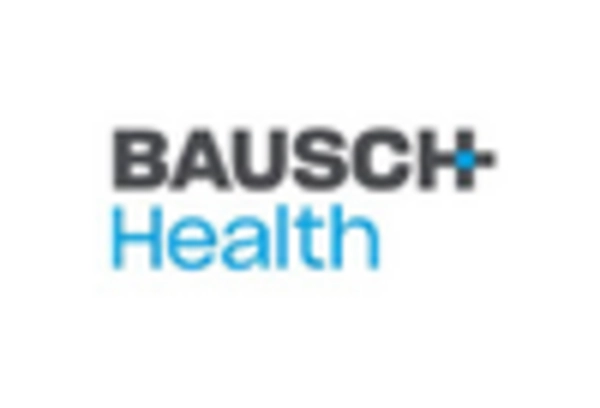


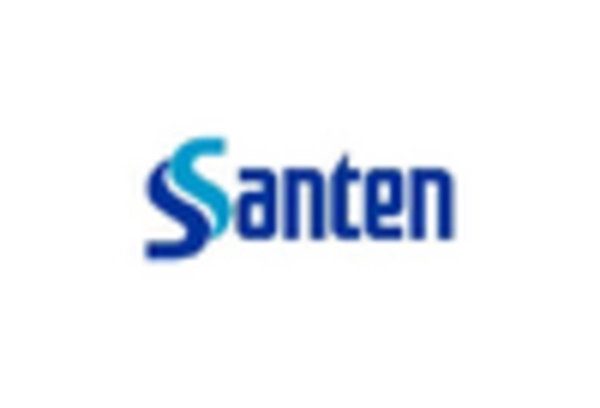








Leave a Comment